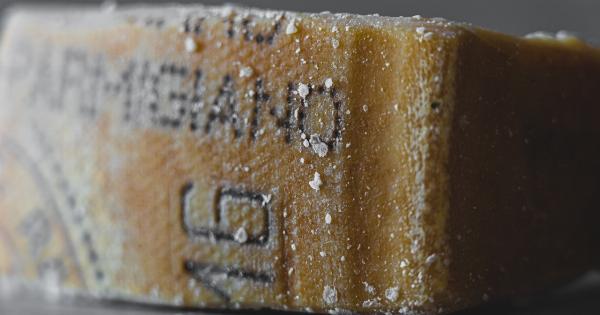As parents, we always strive to provide the best nutrition for our children. One of the main concerns for many parents is the amount of salt in their child’s diet.
Excessive salt intake can lead to various health issues, including high blood pressure and kidney problems. To reduce the salt content in their child’s meals, some parents consider using salt substitutes. In this article, we will explore whether salt substitutes are a safe and healthy option for children.
What are salt substitutes?
Salt substitutes are products that are used as alternatives to traditional table salt (sodium chloride). They are often marketed as a healthier option because they contain lower or no sodium.
Salt substitutes typically contain potassium chloride or a combination of potassium chloride and sodium chloride.
Are salt substitutes safe for children?
While salt substitutes can be a safer option for adults who need to watch their sodium intake, it is essential to exercise caution when using them for children.
Potassium chloride, which is commonly found in salt substitutes, may not be suitable for children with certain medical conditions or those taking specific medications.
Children have different nutritional needs than adults, and their bodies may react differently to salt substitutes.
It is crucial to consult your child’s pediatrician or a registered dietitian before incorporating salt substitutes into their meals.
Benefits of using salt substitutes
If your child’s doctor approves the use of salt substitutes, they may offer several benefits:.
1. Reduced sodium intake
One of the main advantages of using salt substitutes is the reduced sodium content.
Excess sodium consumption can have detrimental effects on a child’s health, so replacing traditional salt with a substitute can help lower their overall sodium intake.
2. Potassium boost
Salt substitutes containing potassium chloride can provide a potassium boost to your child’s diet.
Potassium is an essential mineral that plays a vital role in various bodily functions, including nerve and muscle function, proper hydration, and maintaining a healthy blood pressure level.
Potential risks and considerations
While the use of salt substitutes can have its benefits, there are some potential risks and considerations to keep in mind when using them for your child:.
1. Overconsumption of potassium
Excessive intake of potassium can also be harmful. It can lead to a condition called hyperkalemia, characterized by an abnormally high level of potassium in the blood.
This condition can be dangerous, especially for children with kidney problems or certain medical conditions.
2. Alteration of taste
Salt substitutes often have a different taste than traditional salt. Some children may find the taste unappealing or may take time to adjust to the new flavor.
It is essential to introduce salt substitutes gradually and observe your child’s reaction.
3. Limited variety of flavors
Choosing to use salt substitutes means limiting the use of traditional salt in your child’s meals. This restriction may result in a narrower range of flavors and tastes.
It is important to explore other ways to enhance the taste of meals, such as using herbs, spices, and other seasonings.
Tips for using salt substitutes safely
If you decide to use salt substitutes for your child, here are some tips to ensure their safe consumption:.
1. Consult a medical professional
Before incorporating salt substitutes into your child’s diet, consult with their pediatrician or a registered dietitian. They can assess your child’s specific nutritional needs and provide guidance on whether salt substitutes are suitable.
2. Monitor potassium intake
Keep track of your child’s overall potassium intake from all dietary sources, including salt substitutes. Ensure that their potassium intake aligns with their specific needs based on age, medical condition, and medications they might be taking.
3. Introduce gradually
When introducing salt substitutes, start with small quantities and gradually increase over time. This allows your child to adjust to the taste and prevents overwhelming their taste buds.
4. Explore other flavor-enhancing options
Experiment with herbs, spices, and other seasonings to add flavor to your child’s meals. This can help compensate for the reduced use of traditional salt and provide a wide variety of tastes.
5. Read labels carefully
When purchasing salt substitutes, carefully read the product labels. Look for ingredients, sodium/potassium content, and any allergen information to ensure the product is safe for your child.
Conclusion
Reducing the salt content in your child’s meals is an important step towards promoting their long-term health.
While salt substitutes may be a viable option, it is crucial to consult with a medical professional before incorporating them into your child’s diet. Every child is different, and their specific nutritional needs should be taken into account. With careful consideration and guidance from a healthcare provider, salt substitutes can be used as a tool to reduce sodium intake and promote a balanced diet.






























